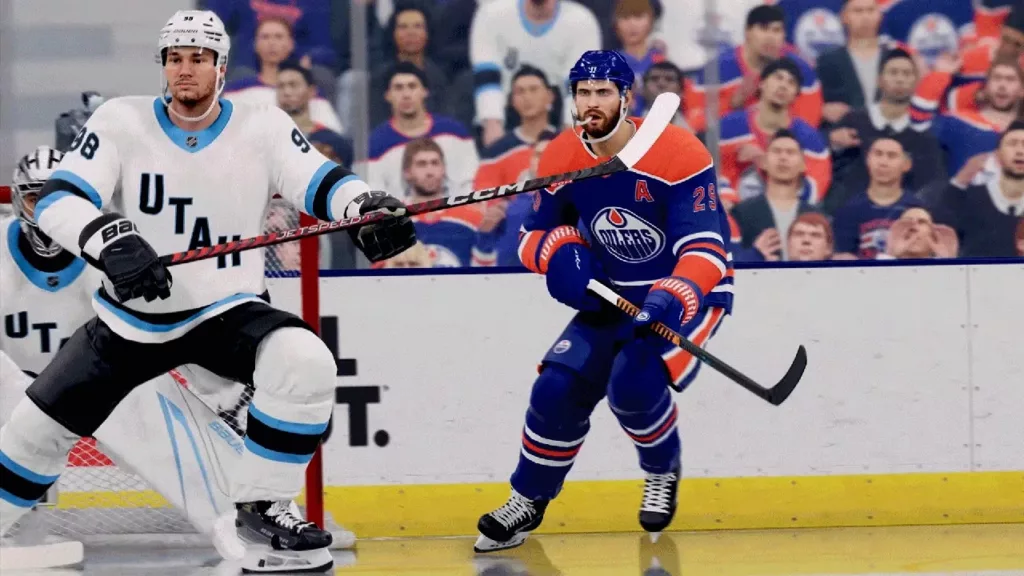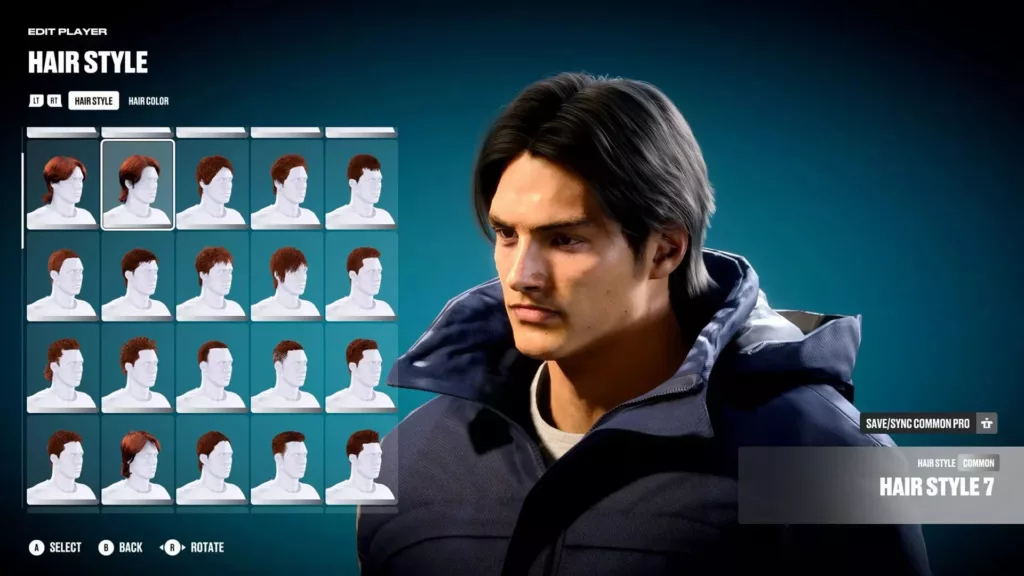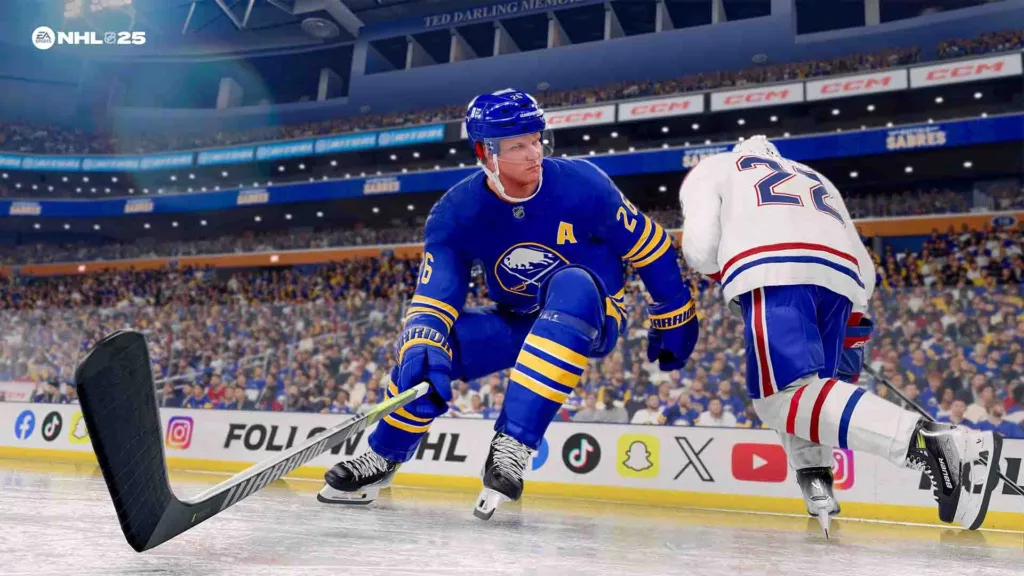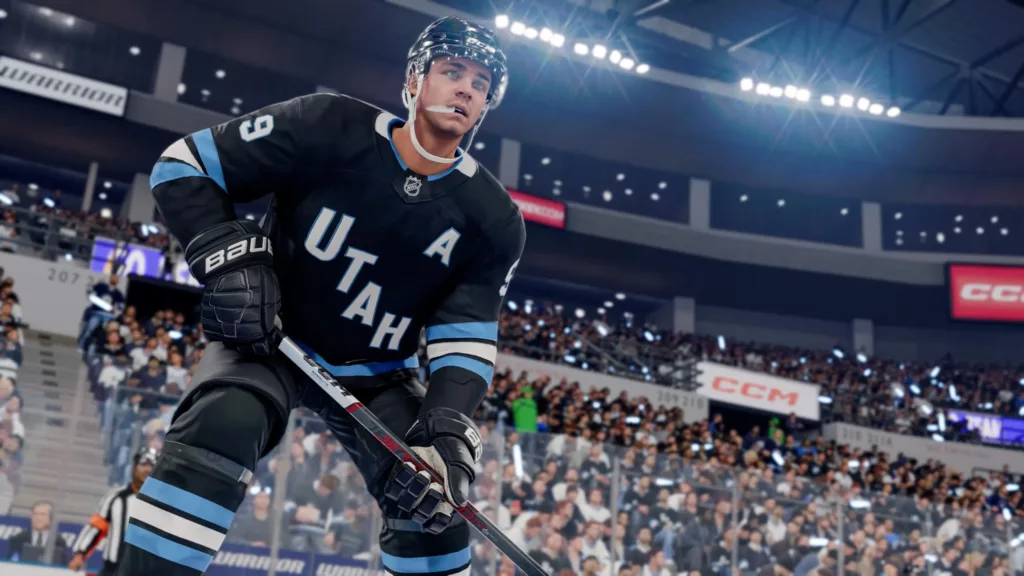The NHL series sees its biggest transition yet with the release of NHL 25. For the first time, EA has made the game exclusive to current generation PlayStation and Xbox consoles. This allows the developers newfound freedom to take advantage of cutting-edge hardware and push gameplay mechanics and visuals further than before.
Ice hockey games have thrilled fans since the early days of 16-bit home systems. Over the decades, EA’s annual NHL titles cemented themselves as reliable favorites for gridiron gamers. While incremental updates kept the on-ice action feeling fresh each fall, some complained in recent years that entries too closely resembled their predecessors. With the jump to new consoles, NHL 25 posed an opportunity to break out of that mold.
Right away, it’s clear this is a game rebuilt from the rink up. Sleeker menus zip players between modes, while Sapien graphics render skaters with granular detail and fluid animations. Under the hood, new AI systems and the ICE-Q engine aim to deliver true hockey strategy and simulation. Franchise mode gets some front office sim additions too.
Of course, gameplay proves most important. This review takes an in-depth look at how NHL 25 feels in action. New tricks like Vision Control are put to the test, along with reworked physics bringing fluidity. Returns like sustained pressure mechanics are also analyzed. Plus, deep dives into modes uncover what’s changed beyond the ice.
By examining the nitty-gritty mechanics alongside visuals and modes, conclusions can be drawn on whether NHL 25 delivers a revolution or remains too similar to past versions. So follow along to see all the angles of EA’s inaugural current-gen NHL adventure uncovered. The future of this storied franchise may depend on lessons learned from its first next-gen outing.
On Thin Ice: Graphics and Gameplay in NHL 25
There’s no question, NHL 25 looks better than ever. But does it play as good as it looks? Using Sapien tech, character models finally resemble the athletes they’re mimicking. Players flex and torque realistically too, thanks to new reactive animations. It’s satisfying observing snow build upon jerseys during grinding shifts in the attacking zone.
Graphics set the stage, but gameplay proves the main draw. Enter ICE-Q, EA’s claimed “true hockey intelligence.” This engine powers new abilities like Next-Gen Vision Control. With a trigger hold, attackers target the net while defenders square up to passes. Though tricky behind the cage, it’s a useful tool for zone entries and creates chances I didn’t have before.
One-timers are now skill-based through improved passing. Green indicators mean perfect connections for booming shots. But colored feedback isn’t vital—the manual timing adds control, which I welcome. AI behavior also transforms. Forechecking fills passing lanes instead of fannying around. Defense reads plays quicker and switches assignments smoothly.
gameplay feels natural. Rather than cheesing glitches, angles and rhythm dictate scoring. Goalies flash the leather consistently, with deflections and deception more common than cross-creasers. Skating flows at a relaxing pace too. Fights are infrequent but impactful thanks to new stamina systems governing hits.
Last year’s pressure system remains. Camping the crease tires opponents and boosts my line. However, AI identifies stalling now, allowing pokes to disrupt. Returning elements evolve while still entertaining. Control regulations remain for some, so various assistance settings exist.
Overall, execution of new tricks takes NHL 25 to another level compared to predecessors. Visual sheen outdoes past efforts too. Yet room for growth stays. More tutorializing is critical so all can grasp mechanics. And franchises deserve similar attention; future editions grant graphics and playing fields. But for now, the tight turns and hard-nosed competition on display make NHL 25 worth lacing up for.
Hockey’s Heart: Evaluating NHL 25’s Modes
What mode pulls you into the game? NHL 25 brings both tweaks and takes care of basics. Let’s see how each shapes up.
HUT fans rejoice: Wildcard drafts Try new setups like Elite Sniper with budget backends. Choose position, and see what strange teams emerge. Progression merges too, simplifying leveling. Packs remain, but focusing instead on action rather than money-spending eases frustration.
Franchise gets a conversation system for developing characters. Set goals for unlocking traits; adjusting playstyles keeps management stimulating. Grudge games amplify rivalry intensity perfectly. Yet improved drafting lacks risk/reward heft, and choices feel flavor over function at times.
World of Chel lives up to its name, rotating challenges nicely. But lacking substance, thrill fades fast once shiny newness wears off. Be a pro intro, tell no tales, stunting potential. Some fans just want drop-in play—more variety there would spread joy.
Visual tune-ups shine, but underlying systems barely budge. When core stays so similar year-to-year, motivation flags to keep rebuying. Potential waits, untapped in safe iterative strides. Focused, riskier swings could energize stagnating offline offerings the way HUT thrives.
Money talks for companies—maybe passion does too. By taking chances and acknowledging what fans really want, the NHL might skate to new heights. The heart still beats though—there’s fun to be had, even if room remains for dreams of “what could be” to become reality.
On the Ice Visuals: Hockey as a Work of Art
From sharp skates to sweater stitching, NHL 25 exudes beauty. Sapien morphs give players individual physiques, while hair physics lends flow you can feel. Reactive animations breathe lifelike motion into each stride and hit. It’s satisfying seeing sweat decorate threads from grueling shifts.
Lighting captures the ethereal ambiance of icy cathedrals. Snow delicately blankets pants to gleam under radiant beams. Though lacking polish, crowds generate atmosphere even with repetitive designs. Announcer chatter complements highlights, though drowning at times.
New perspectives proliferate thanks to evolved cameras. Beyond canned replays exist dynamic options to detect drama. Formulas find creativity through angles mimicking sports shows. Perspectives prior unseen unveil vistas promoting viewer Sportscenter dreams.
Alas, uncanny vale lingers courtside. Plastic people mar realism while low fidelity foils fandom. Updating stock images revives dullness, sparking hopes of future verisimilitude. Expressions requiring nuance, lacking likeness to stars.
In sum, accomplishments appear on the ice, lending games gallery grandeur deserving sports greatest stage. Though steps continue toward virtuosity, glimpses grant glimpsing progression’s promise. With each endeavor, hockey edges nearer mimicking the meticulous mastery viewed through enthusiasts’ eyes.
Checking In On NHL 25’s Greater Game
Skating onto the ice in NHL 25 delivers a distinct experience. Systems smooth motion throughout contests. Players feel engaged rather than fighting the flow. Mechanics evolve toward precision control, from vision adjustments guiding defenders or forecheckers creeping opponents.
Tallies result from cunning setups, not random flukes. Goals arise from grinding along the boards or perfect one-timer connections—not cross-creasers alone. Goalies flash the leather reliably, forcing creative approaches. Checks land weightily too, aiding physical play’s importance.
New tricks like Vision Control or One-Timers enhance, not dominate. They provide options, not guarantees. Success stems from balanced blending tactics. While still incomplete, these tweaks nudge the simulation closer to the real thing’s nuances.
Modes vary in holding power. HUT excels through engaging cardcrafting and constant updates. However, Familiar Franchise and Be A Pro lack the luster of fresh coats of paint. Core structures survive unchanged, starving for innovations breathing new life.
Overall, gameplay emerges as NHL 25’s star component. Hard work shines through via fluid, photoreal skating. But to prevent repetition, future focus warrants diversifying experiences beyond the rink’s edge too. On-ice mastery remains—now some venturing outside the box could elevate this franchise to even loftier heights.
Pucks to the Net: NHL 25’s Room for Growth
NHL 25 finessed familiar foundations. Revamped AI flow like a tape-to-tape pass. Graphics glorify the Greatest Game of All. Yet clunkiness endures, especially menus lagging between tabs. Wrister woes persist too—these perennial pests beg solution.
Franchise and Be A Pro beg for brushed breath. Fresh flavors beyond rehash excite imaginations. Off-ice tales entice role-players. Dynamic drafts and true careers thrill the community. Such creative chances uplift annual purchases.
HUT exploits the live-service formula. Regular rotations hook hearts and wallets. But stagnancy risks repetitive resorts feeling mandated maintenance more than meaningful momentum. Daring diversions diversify desires.
Value withstands verdict. Weekly updates deliver dividends. However, foundations barely budge despite next-gen potential. Progress pushes boundaries, not polishes peripheries. Bolder boundless brackets beyond iterative itches ignite interests. Realism deserves risks—creativity’s catalysts cement community.
In summary, NHL 25 nets gains. Graphics and gameplay gleam. Yet room for growth stays vast. By shooting higher, future franchises freeze foes with wonder, not weary wear. Taking penalties elevates enthusiasm eternally.
Pucking Around for More: NHL 25’s Room to Roar
So in the end, does NHL 25 slide a wrist shot past the goalie or ring iron? For past players, incremental improvements amount to an alright rerun yet lack innovation’s spark. But fresh fans find fun exploring new tricks and photorealistic presentations.
On the ice, revitalized fluidity and adapted AI inject energy. Visual feats astound too. Nevertheless, work stays to diversify modes beyond superficial polish. Depth awaits excavation elsewhere beside the rink.
Potential remains untapped. With bolder imagination, futures could enrich experiences hockey solely provides. But even now, competition and community flourish. For that, kudos are due.
All told, NHL 25 delivers the fundamentals. Underneath upgrades shine. Yet to continuously excite, daring departures from convention call the tune. By embracing risks and responding to fervor, the coming attractions promise growing greatness. For now, lace up and receive the checks—the fight for the W resides on the virtual ice.
The Review
NHL 25
With graphical leaps and retooled gameplay, NHL 25 smoothes the rough edges of past entries. Revitalized mechanics inject energetic authenticity onto the virtual rink. However, iterative improvements alone do not a revolution make. Bolder innovation outside the action's contours could elevate this otherwise solid series to new heights.
PROS
- Graphical upgrades like Sapien tech make players photo real
- Gameplay tweaks such as Vision Control improve control/realism
- New AI systems bolster fluidity and authentic gameplay mechanics
- Well-optimized modes like HUT keep core fans engaged
CONS
- Menu/loading slowdowns hamper otherwise solid presentation
- Lacks substantial innovation or risks beyond surface improvements
- Repetitive feeling holds it back from maximizing new hardware





















































